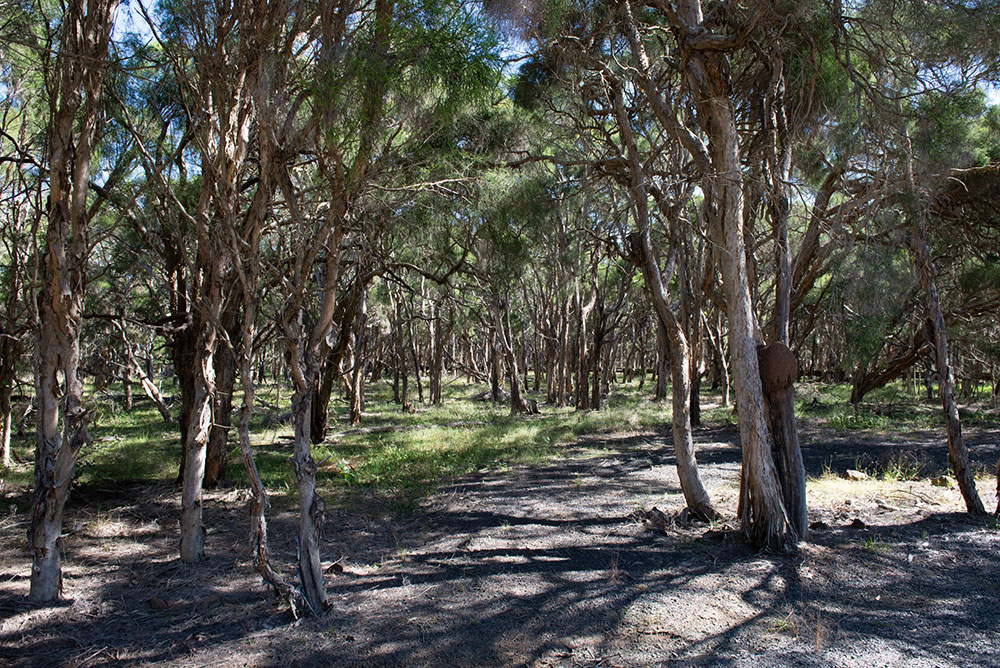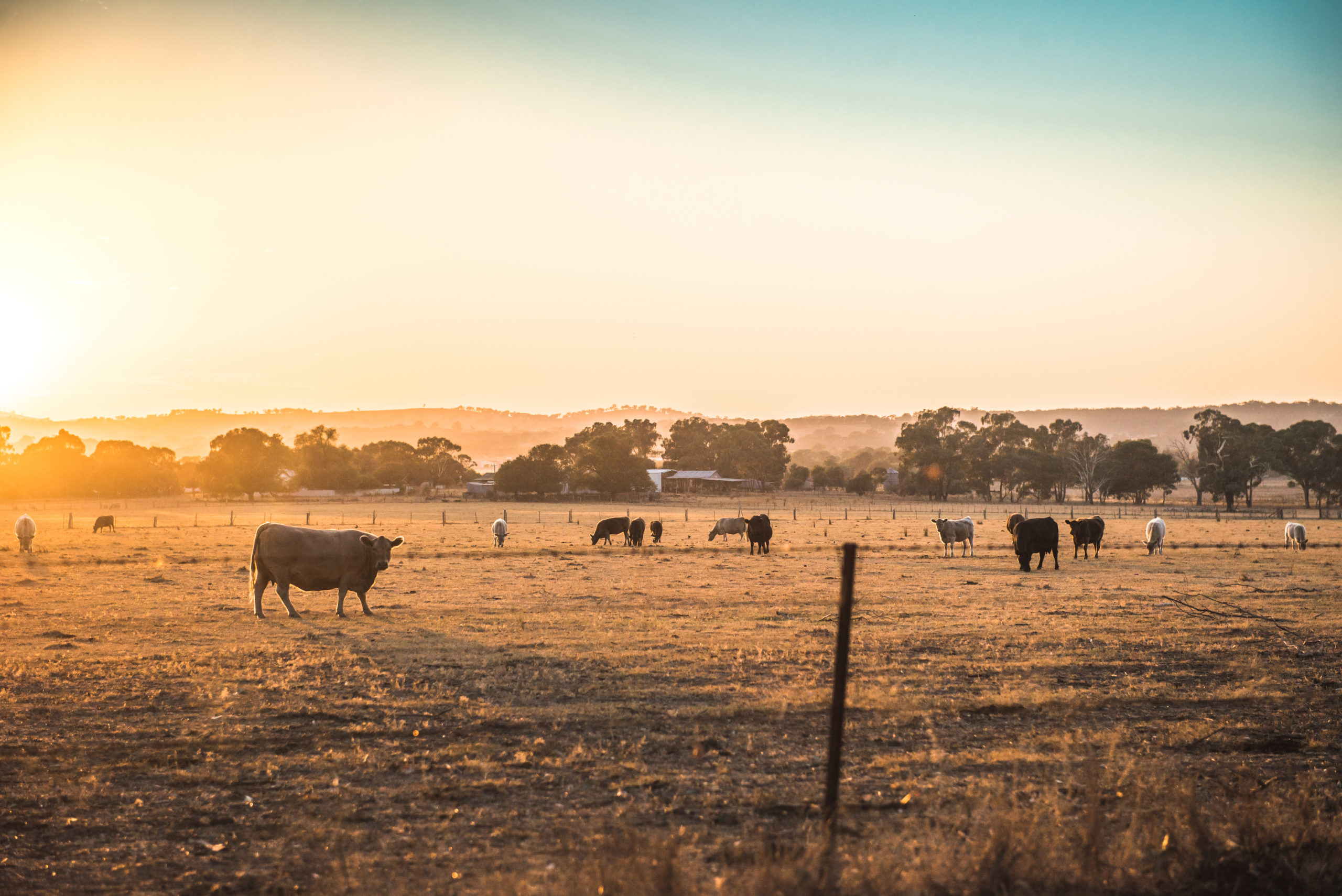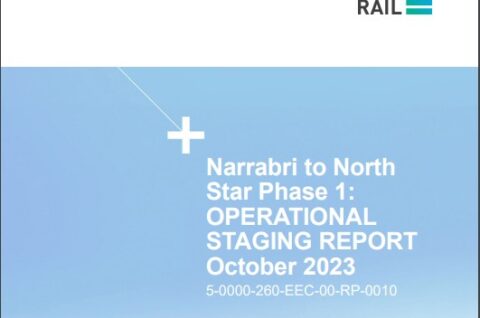We know that we are bringing big changes to many communities, and that you may be worried about what these changes mean for you.
Your concerns are important to us. We’ve been working hard to investigate the issues raised with us by landowners and community members.
Comments from community members have helped to identify areas for further investigation by independent third parties; some of which have led to alterations in our modelling and design.
While we are confident in the processes in place to ensure any risks or community impacts are addressed as Inland Rail progresses, we are always open to your feedback and here to listen to your concerns.
Managing impacts
Each Inland Rail project has its own issues and concerns. Some of the most common impacts we are addressing include:
Noise and vibration
We acknowledge the operation and maintenance of Inland Rail will have noise impacts for local communities. We aim to minimise noise through project planning, track formation and reducing the extent of track curves.
We are completing studies to assess the level of noise likely to be experienced at individual properties and measuring existing noise levels at locations throughout the project area. This data will inform modelling for future operations.
Where it is likely that we will exceed allowable noise levels, we will work with impacted residents to develop appropriate mitigation measures. These might include noise walls or at-property treatments. It is not always possible to find solutions that perfectly suit everyone, but it is our commitment to work with those residents to find the best available solutions in line with the practical limitations we face.
During construction of Inland Rail, there will be temporary and localised noise and vibration impacts in specific areas. Our contractors will notify the community about construction prior to and during any high intensity noisy works, night works or 24-hour construction periods.
Learn more about how we’re managing noise and vibration impacts
Air quality
We are committed to minimising any temporary air quality impacts on nearby communities which may be caused by:
- dust or emissions from earthworks and construction activities
- gas from diesel combustion of construction train exhausts
- dust from construction cargo and movement of train wagons on the tracks
- dust or emissions from operational maintenance activities.
We will carry out all project work in accordance with relevant air quality legislation and guidelines.
Learn more about how we’re managing air quality impacts
Flora and fauna
Minimising the impact of Inland Rail on native plants and animals (flora and fauna) is vital.
We work with ecologists to carry out flora and fauna surveys and ensure the following measures are considered during the design of Inland Rail:
- avoiding sensitive ecological areas, such as native vegetation and threatened species habitats
- considering fauna habitat connectivity and fauna exclusion fencing
- implementing fauna-sensitive design and rehabilitation around waterway crossings.
We will investigate and identify biodiversity offsets in line with relevant state and federal government legislation where there are potentially significant impacts.
We will work with our contractors to develop project-specific environmental management plans. This includes measures to mitigate flora and fauna impacts during construction.
Learn more about how we're preserving flora and fauna
Protecting First Nations culture and heritage
Inland Rail will be built and operated on the traditional lands of many First Nations and their communities.
We’re committed to achieving excellence in cultural heritage and we recognise First Nations people’s inherent connection to the land.
We are working with traditional owner groups along the route to develop cultural heritage management plans that provide a framework for the preservation and protection of cultural heritage objects, sites and places.
Where areas of First Nations cultural heritage are identified, we work with First Nations groups to determine what appropriate steps to take to record and preserve these artefacts.
Learn more about how we’re preserving First Nations cultural heritage
Weed hygiene
A vital part of attending to the needs of the landscape is weed management. Weed hygiene is a biosecurity measure to protect people and animals against harmful biological or biochemical substances.
Each state Inland Rail passes through has specific legislation in place for the management of declared and noxious weed species.
Our teams, including contractors, carry out work in accordance with legislation and any agreements with state and local governments and individual landowners.
Learn more about how we're managing weeds
Landscaping
Inland Rail will traverse both rural and urban environments and cross agricultural lands, rural communities and bushland.
Refinements to the design and construction of Inland Rail are informed by considering the landscape and its natural features and existing rail infrastructures.
Landscaping is determined in consultation with the community during various stages of the project. To ensure we meet the community’s expectations around the visual design of the landscape, we adopt strategies including:
- visual screening
- landscaping
- landform contouring
- habitat restoration
Learn about how we're managing landscape and visual amenity
Flooding
Spanning 1,600km between Melbourne and Brisbane, the Inland Rail alignment will traverse hundreds of waterways and a number of floodplains.
We acknowledge that responsibly managing the potential risks of flooding in known floodplain regions is a fundamental expectation of communities along our alignment.
We’ve undertaken extensive flood modelling using best practice to ensure trains can operate safely and reliably and to minimise, wherever possible, any adverse effects Inland Rail may have on drainage and flooding.
Flood modelling refers to the use of hydrologic and hydraulic models (most often using computers) to understand the potential consequences of various flood scenarios. Inland Rail flood models are developed by expert modellers and hydrologists and rigorously reviewed by independent experts.
An essential part of the flood modelling process is incorporating information gathered from the local community, including local historic flood event knowledge, to calibrate our models. We also input data from local councils, government databases and the Bureau of Meteorology.
As the project progresses, we are continuing to engage with the local community and we welcome any further input.

Coal dust
Residents living close to Inland Rail may be worried about the potential for trains to generate dust. Some of the concerns expressed to us have been around coal dust and the associated impacts to health, such as respiratory ailments; impacts to homes, including dust landing on outdoor furniture; and the possibility of dust entering water tanks.
As the operator of Inland Rail, ARTC will require its customers transporting coal to manage their air emissions, including coal dust, in accordance with the Queensland Government’s legislative requirements.
Currently, this responsibility is shared between the mine operators and coal transportation companies and includes:
- veneering of coal loads (the application of a bio-degradable polymer onto the surface of the coal to provide a significant reduction in the release of coal dust)
- profiling loads to reduce the potential for dust to escape
- washing wagons after unloading to prevent residual dust remaining.
We take our environmental responsibility very seriously. ARTC undertakes monitoring of coal dust from both full and empty coal trains across its network in response to community concerns and will continue to do so when Inland Rail is operational.
Biodiversity
During the construction of Inland Rail there will be some unavoidable impacts to biodiversity. Wherever possible, we are committed to reducing or offsetting these impacts.
In New South Wales, to compensate for these impacts, Inland Rail is buying biodiversity credits from landowners and retiring them in accordance with NSW and federal legislation.
We purchase biodiversity credits to protect and manage native vegetation communities for the long term.
Check out the fact sheets below for more information about the Biodiversity Offset Program in NSW.
Biodiversity offsets in NSW information sheet
Biodiversity Offsets Program NSW brochure
If you would like a copy of Inland Rail’s current credit requirements or want to learn more about the offsets program, contact our NSW Biodiversity Offsets team by emailing irnswbiooffsets@artc.com.au

Emergency animal diseases
We are acutely aware that the potential risks from the spread of emergency animal diseases, such as foot and mouth disease and other new pathogens, are of significant concern to landowners along the Inland Rail alignment.
If you have concerns about representatives from Inland Rail or our contractors entering properties where livestock may be present, please contact the Inland Rail stakeholder engagement team by calling 1800 732 761.
Together with our contractors, we are regularly reviewing our Biosecurity Management Strategy and project-specific management plans to ensure we can mitigate potential impacts from new animal diseases.
We’re also following directions and advice from federal and state biosecurity agencies and will apply recommended measures where required.
Many of the standard practices we already follow, such as vehicle wash down, washing and disinfecting boots and minimising unnecessary travel to site, will assist in preventing the spread of animal diseases.
We’re also working closely with our contractors and subcontractors to ensure all team members are adhering to our biosecurity controls and individual project permits and approvals.
For more information on emergency animal diseases, please refer to the Department of Agriculture and Fisheries website.

Find out about our commitment to sustainability
We aim to deliver and operate Inland Rail with the least environmental, cultural heritage and social impact possible, while providing new benefits to the people of Australia at a local, regional and national scale.
Get in touch
Our Stakeholder Engagement team is here for you. Get in touch with them on 1800 732 761 or email them with your questions or feedback.
In Queensland: inlandrailqld@artc.com.au
In New South Wales: inlandrailnsw@artc.com.au
In Victoria: inlandrailvic@artc.com.au



